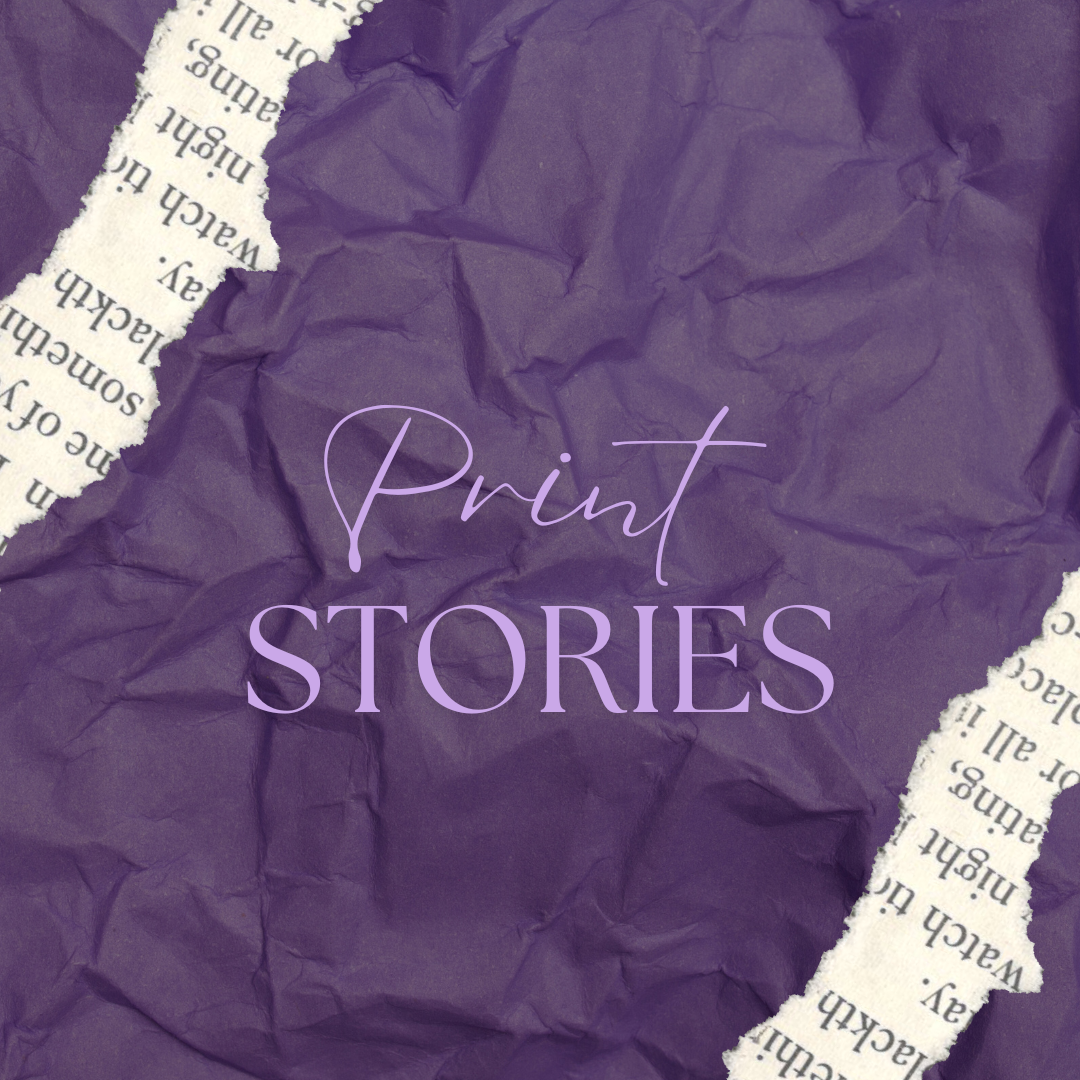On April 19, 2024, Taylor Swift released her 11th studio album, The Tortured Poets Department, and a few hours later, surprise dropped the second half of the album, subtitled The Anthology. The album expands on themes centered around the five stages of grief and the difficulties of fame, heartbreak, frustration and perseverance. These themes span across 31 songs, which range from piano ballads to pop hits.
While the first listen of the album may be a draining experience due to the melancholy tone and complex lyrics, there is still an undeniable sense of vulnerability amongst the poetry and a candidness that is both eloquent and endearing that makes others want to keep listening.
Swift continues her work with collaborators Aaron Dessner and Jack Antonoff on the new album. Some past work the three of them had done together include Folklore and its sister album Evermore, which both were surprise drop albums during the pandemic. Sonically, TTPD has similar melodies and acoustic sounds that call back to this past work without being a direct copy.
Regarding thematic topics as well as sonic beats, Swift’s Midnights album also has similarities to the new album. With TTPD primarily being promoted online as a breakup album, fans immediately started to theorize that several songs may have been based on Swift’s private six-year relationship ending with actor Joe Alwyn. Alwyn co-wrote a handful of songs with Swift during their relationship on albums such as Folklore and Midnights.
One song, in particular, that many fans were highly anticipating to be about Alwyn was “So Long, London” since the two of them had lived in London together during their relationship. The song is also track five of the album, which is already a highly anticipated track for fans since Swift has a pattern of picking a very vulnerable and emotional song as track five. Some past track fives include fan favorites “Dear John” and “All Too Well”.
The intro of the song begins with a repetition of the phrase “So Long, London” to a beat that’s reminiscent of wedding bells. Then it immediately transitions to a fast-paced beat that sets up the anxious, distressed tone for the rest of the song. Swift continues this wedding imagery within the lyrics as well by singing, “You swore that you loved me, but where were the clues? / I died on the altar waiting for the proof”, which can be interpreted to be about false promises made, a proposal for instance, but there was never any follow through. And the wait to see there was no truth in these promises began to feel like an eternity that only led to more heartbreak and eventually the destruction of that relationship.
At times, there feels to be an overwhelming amount of somber ballads, but Swift does a brilliant job at balancing the solemnity with sonically upbeat tracks throughout. Even so, they still have their share of self-deprecating lyrics that provide an insight into Swift’s personal life.
A standout track on the album in general is “I Can Do It With a Broken Heart”, which expands on the idea of presenting yourself a certain way while feeling the opposite. Back when news broke that Swift and Alwyn broke up during the first leg of The Eras Tour, it would seem reasonable for Swift to be emotionally overwhelmed, but she persevered and continued to perform for millions of fans. Swift sings, “All the pieces of me shattered / as the crowd was chanting ‘More!’ / I was grinning like I’m winning / I was hitting my marks / ‘Cause I can do it with a broken heart.” Not only does Swift shed light on the difficulties of fame, but she phrases it in a way that is relatable to wider audiences.
That is part of what makes this album such an impressive and immersive body of work, because even without knowing the backstory to a song or the subtle references to Swift’s personal life, people can still relate to each song in their own way. From the haunting ballads to the acoustic sounds to the pop beats, Swift’s lyricism shines through to deliver a message on stages of grief that come to fruition at the end of a relationship.



